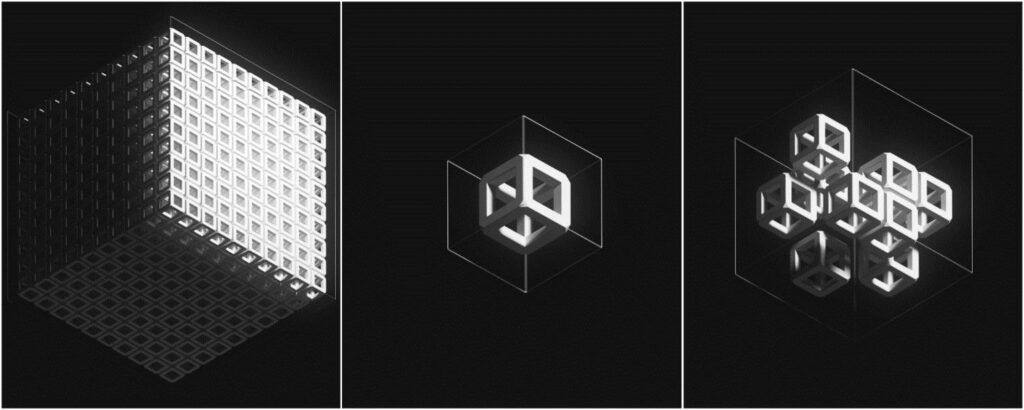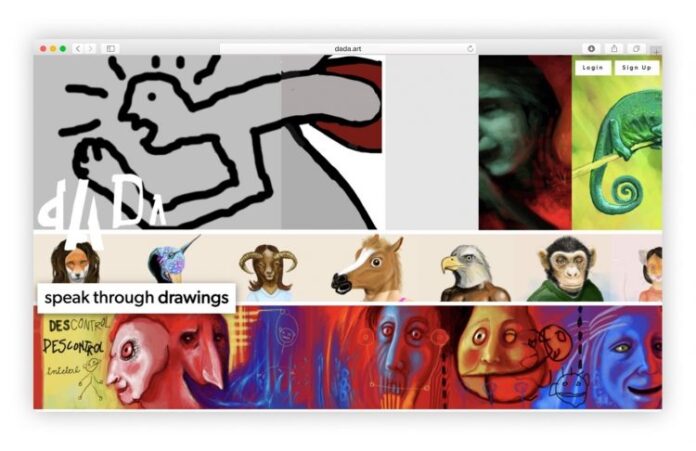It’s no secret that the popularity of websites for buying and selling digital art has skyrocketed in recent months. It seems that this is the beginning of large-scale changes in the art market as a whole. Eminent artists are increasingly using non-fungible tokens (NFTs) as a tool to connect with digital audiences and securely sell their work.
In April 2021, digital artist Pak was selling his NFT “Interchangeable Collection” in partnership with auction house Sotheby’s on the popular NFT marketplace Nifty Gateway. In total, the collection of works was sold for $16.8 million.

In parallel with the sale, Park launched a crypto token called “ASH”. Users can obtain it by “burning”, i.e. effectively destroying NFTs on the burn.art platform. Pak used his .art domain as a platform to trade NFTs for Ash.
Another famous artist, Mario Testino, has registered his domain to announce the NFT project. Testino has photographed world-class stars throughout his career: supermodels, celebrities, athletes, and artists.
The Paca and Testino examples are among the hundreds of other names registered daily in the .art domain zone. And valuable .art domains like Museums.art, NFT.art, trash.art, and personal names like kennyschachter.art or johnastew.art are used to create a digital home for a business, to highlight a notable moment in a career, or serve as an electronic business card with all the necessary social links in one place under a professional web address.
.ART Domains at NFT.NYC
Blockchain technology is considered favorable for artists and creators. Unlike the closed models of profit sharing between art dealers and artists over the past few centuries, the traceability of blockchain technology exposes any mysteries associated with transactions and the provenance of works of art. And smart contracts also allow artists to generate a steady financial flow from their work, even when the art is sold on the secondary market.
Smart contracts create an environment for authors to work together. Frameworks like async.art blueprints generate collections from a single source with layered images, each layer created by a different artist. The collector then creates a unique combination of visual and audio elements.
As artists begin to explore NFTs as a new creative medium, traditional arts institutions are rapidly taking advantage of the growing NFT market. One example is the Belvedere Museum, longtime home of Gustav Klint’s The Kiss, which launched a 10,000-item NFT drop based on the original on thekiss.art. Fans can now own a digital piece of the masterpiece and receive free annual museum admission to see the artwork in real life.
The growth of both the NFT and the metaverse is rapidly changing how audiences interact with art and further expanding the categories of art. The creators no longer sit behind the closed doors of the studio. The creative process involves active communication with the community. There are collaborative submissions such as NFT Culture Proof (nftculture.art), NFT projects such as boki.art, and Sunrise. art which are based on community engagement.

























